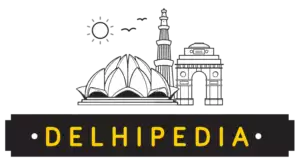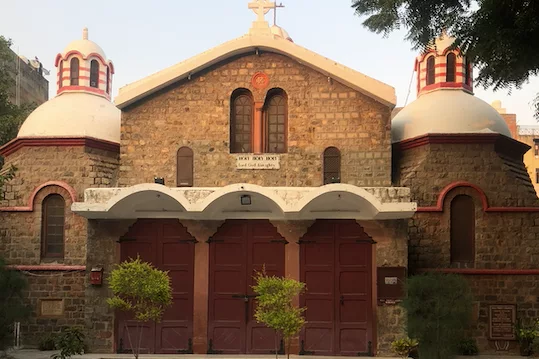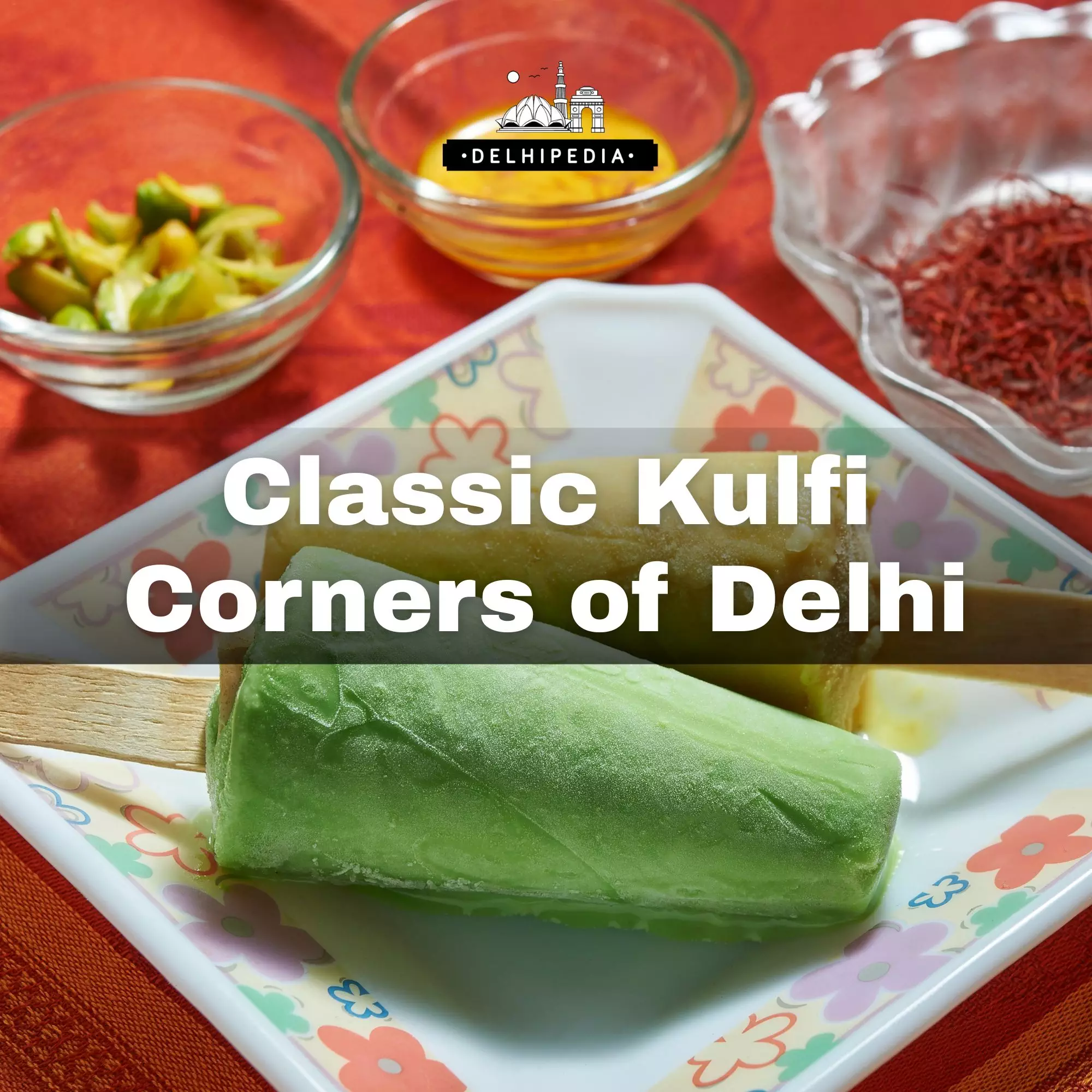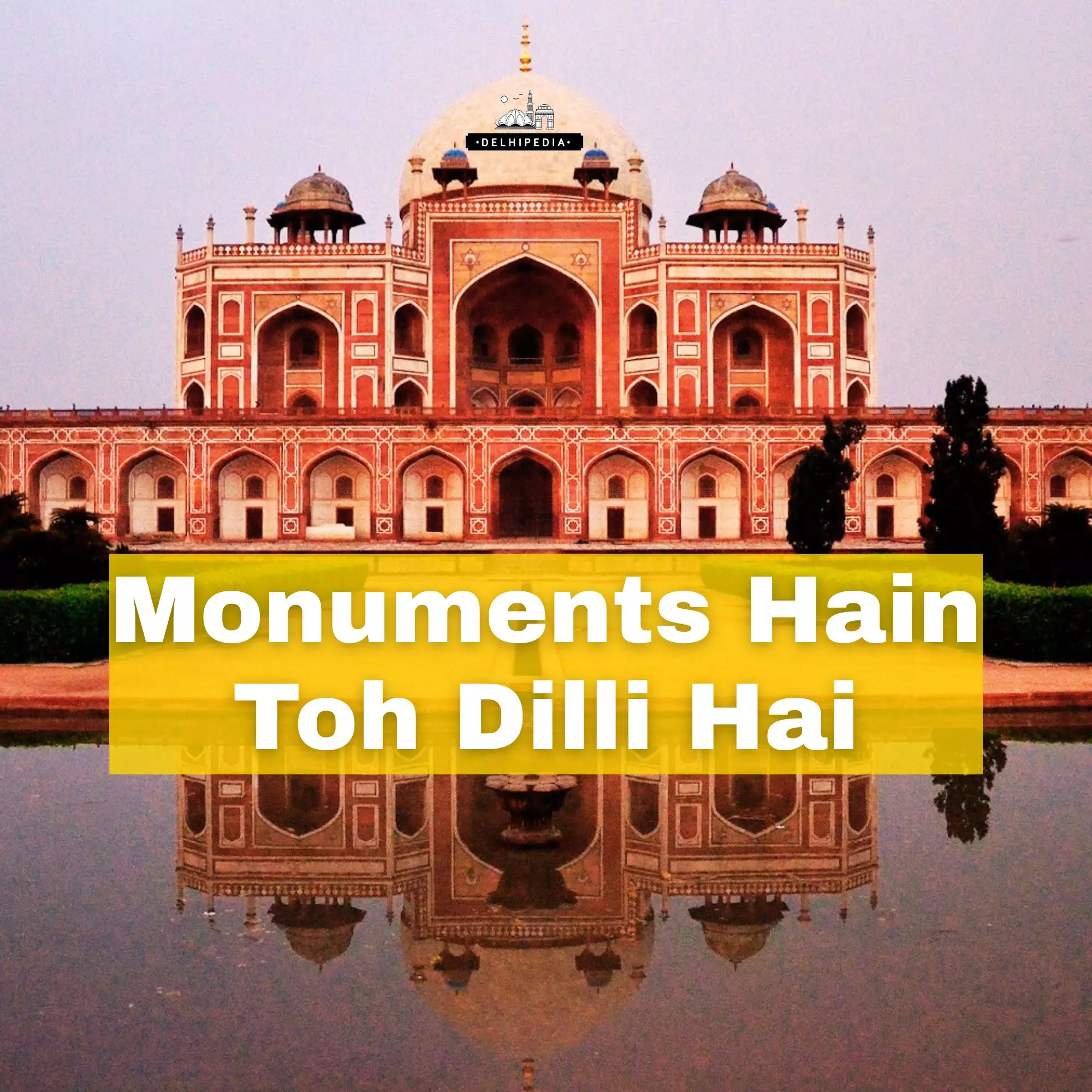From the late 19th century, missionary work in Old Delhi’s Turkman gate area had been active because this was one of the poorest and most populated areas of that time. Just near the dargah of Shah Turkman Bayabani, the Holy Trinity Church on Fasil Road is the best example of cultural diversity and absorption of cultures by various communities.
Constructed in 1905 for the purpose of serving the local Christian population, this church is adorned with old wooden furniture, a high dome. Despite its antiquity, the community living around it today numbers around 50-51 families with 200 people. Padri Sahab stays at Fatehpur Beri and can be seen on the days of service.
The author Rowena Robinson and Joseph Marianus Kujur, mentions the church in their book “Margins of Faith: Dalit and Tribal Christianity in India.”
“The historical roots of the church go back to the Evangelist work of the society for the propagation of the Gospel in the Chamar (community of leather-workers) bastis of Delhi and its neighbouring villages from 1860 onwards.”
Four sites were purchased by the Anglican missionaries in 1883, for settling the Chamar converts who had agreed to avoid working on Sundays, since in Christianity it’s the day of prayer and along with that they stopped taking part in the religious activities and ceremonies of non-Christians. Among the four purchased sites, one was at the Turkman Gate. In 1905, a beautiful Byzantine Church was constructed there, thus creating a separate congregation and establishing a close relation of the church with the basti. The Golden Jubilee celebration of the church gives further details about the founding history of the church, stating that “Mr. Alexander Charles Maitland, left Rs. 10,000 to build a new church in a “distant quarter of the city.” After some years of fundraising, another 10,000 was acquired, and the church was built in just a year.”
The past identity of the place being a chamar basti has now been removed. By the time of independence, and even today, predominantly, the population is now engaged in skilled professions and many have joined as white-collar workers in diverse occupations and professions. But, some things never tend to change, one such aspect of the basti is the celebration and liveliness that one witnesses when the basti wears a festive look during Christmas celebrations. As earlier mentioned, the population is highly influenced by the neighbouring Islamic population. Nowhere, else will you witness Urdu-speaking Christian children wearing Pathani suits and kurtas, bought from bylanes of Jama Masjid while celebrating Christmas and reading Urdu translated Bible.
A succession of white domes, topped with lantern-like structures delineates the charming, serene, beautiful aesthetics of the old building front from its counterparts of Old Delhi. A Series of red lines run across the thick walls of grey aged stones. While entering the church, you will witness a tablet on the front wall stating:-
To the glory of God
And in memory of
Alexander Charles Maitland
The foundation stone of
This Church of the Holy Trinity
Was laid on Feb.1.1904
By his widow Mary R. Maitland
A walk around the building showcases the different domes more panoramically. One dome is almost wholly covered by the branches of a tree. It is comparably a small church, made up of greyish-brown stone and unlike other churches of Delhi, this one requires you to remove your shoes while entering it. The amalgamation of the old architecture with modern amenities can be seen from the hanging ceiling fans. The most interesting part of the church apart from the majority of Bibles being in Urdu is the lectern facing the pews. With an intricating exquisite carving in the front, one can see the symbolised depiction of the four gospels- Matthew, Mark, Luke and John through animal or other motifs.




